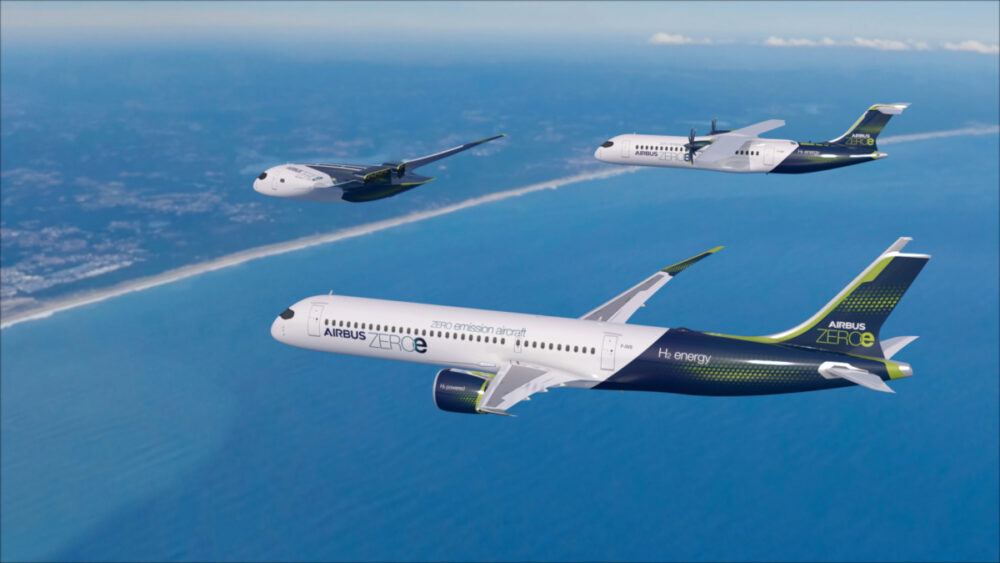On Thursday, sustainable aviation start-up Zeroavia operated the first commercial-grade flight fully powered by hydrogen. The six-seater retrofitted Piper Malibu aircraft flew to 1,000 feet above Bedfordshire in the UK, leaving nothing but water and heat in its wake.

The world just took one step further towards sustainable aviation. On September 24th, the world’s first hydrogen-powered flight of a commercial-grade aircraft took place at Cranfield University, just north of London’s Luton Airport.
Symbolic first flight
Hot on the heels of the reveal of Airbus’ zero emissions concept aircraft, start-up ZeroAvia took its retrofitted Piper Malibu plane out for a spin on Thursday. Powered by a hydrogen fuel-cell, the aircraft reached 1,000 feet and a speed of 100 knots as it circled the Bedfordshire airfield twice. Val Miftakhov, ZeroAvia’s CEO, piloted the passengerless six-seater.
“This first flight is symbolic, getting the aircraft into the air, but I’ve no nerves as we have done so much ground testing,” Mr Miftakhov told the Telegraph just before take-off.
The aircraft, registered as G-HYZA in honor of its power source, was fuelled with 4lb 6oz of hydrogen gas. The gas runs through a fuel cell stack, which converts the gas to electricity. And, as it is genuinely zero-emission, the only byproducts are water and heat. The same plane, then registered as N866LP, was also used to perform a battery-electric flight back in June.
We are excited to share that we have completed our first flight using a hydrogen fuel cell in a commercial aircraft. We are one step closer to making #zeroemission air travel a reality. Click the link to learn more. #Hydrogen #Aviation https://t.co/QY9k3A48q5 pic.twitter.com/WqwgdjmtEG
— ZeroAvia (@ZeroAvia) September 25, 2020
“It’s hard to put into words what this means to our team, but also for everybody interested in zero-emission flight. While some experimental aircraft have flown using hydrogen fuel cells as a power source, the size of this commercially available aircraft shows that paying passengers could be boarding a truly zero-emission flight very soon,” Mr Miftakhov said, according to PR Newswire.




Next stop – Scotland
ZeroAvia will now move towards the next step in its program – a 250-mile flight out of an airfield on the Orkney Islands off the coast of Scotland before the year is up. This range is important to demonstrate viability on shorter, busy routes such as Kuala Lumpur – Singapore, Los Angeles – San Fransisco, or London – Edinburgh.




Still some years to go to scale up
While this is an incredibly important step towards sustainable aviation, as discussed in the latest episode of the Simple Flying Podcast, fully hydrogen-powered commercial jetliners may still be some time coming, not least due to concerns about safe storage and refueling. Meanwhile, hybrid-variations may not be too far off. Or, we could see caravans of smaller aircraft flying shuttle traffic between LAX and SFO. As it is zero-emissions, would it be that bad with more planes in the sky? Like getting on a bus, really.
Would you fly on a hydrogen-powered plane if it was available today? Let us know your thoughts in the comments.
Simple Flying has reached out to ZeroAvia for comment on yesterday’s event.



